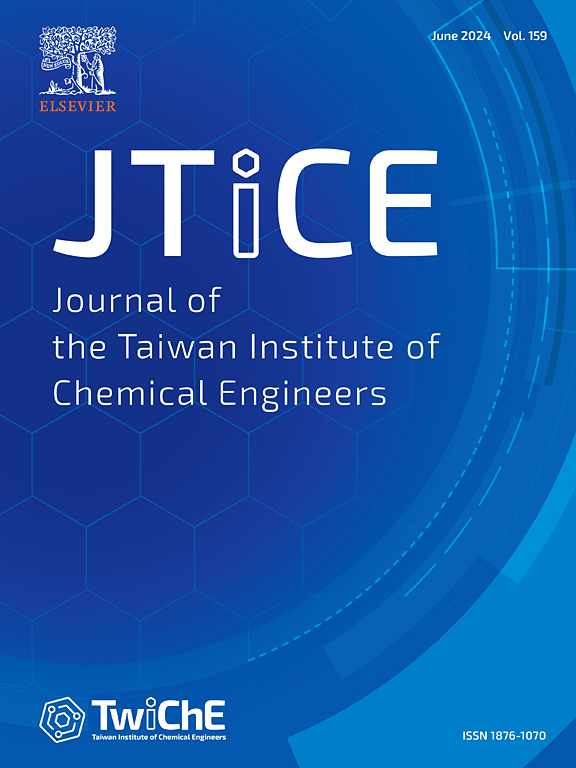Density, viscosity and CO2 solubility modeling of deep eutectic solvents from various neural network approaches
IF 5.5
3区 工程技术
Q1 ENGINEERING, CHEMICAL
Journal of the Taiwan Institute of Chemical Engineers
Pub Date : 2025-01-28
DOI:10.1016/j.jtice.2025.105988
引用次数: 0
Abstract
Background
Deep eutectic solvents (DESs) have gained attention as innovative green solvents, but accurate prediction of their thermophysical properties is essential for practical applications. This work explored the potential of different deep learning approaches to model density, viscosity, and CO2 solubility over a wide range of temperature and pressure conditions.
Methods
A comprehensive dataset was compiled, consisting of 2218 data points for density, 148 points for viscosity, and 144 points for CO2 solubility, covering a range of DES compositions. Deep neural network (NN) architecture was employed for density prediction, while simpler artificial neural network (ANN) architectures were used for viscosity and CO2 solubility predictions.
Significant findings
The deep NN model exhibited an excellent performance in predicting the density, achieving an average absolute relative deviation (AARD%) of 0.13 % and R² value of 0.9998, indicating high accuracy and robust generalization. The ANN models for viscosity and CO2 solubility also demonstrated promising results, with AARD% values of 1.44 % and 1.11 %, respectively. The comparison with semi-empirical models further highlighted the superiority of NN approaches for characterizing these innovative solvents. This work showcases the capability of deep learning in accurately modeling the thermophysical properties of DESs, providing valuable tools for applications of these green solvents.

求助全文
约1分钟内获得全文
求助全文
来源期刊
CiteScore
9.10
自引率
14.00%
发文量
362
审稿时长
35 days
期刊介绍:
Journal of the Taiwan Institute of Chemical Engineers (formerly known as Journal of the Chinese Institute of Chemical Engineers) publishes original works, from fundamental principles to practical applications, in the broad field of chemical engineering with special focus on three aspects: Chemical and Biomolecular Science and Technology, Energy and Environmental Science and Technology, and Materials Science and Technology. Authors should choose for their manuscript an appropriate aspect section and a few related classifications when submitting to the journal online.

 求助内容:
求助内容: 应助结果提醒方式:
应助结果提醒方式:


